
Filter News
Area of Research
- (-) Energy Science (44)
- (-) National Security (33)
- Advanced Manufacturing (2)
- Biological Systems (1)
- Biology and Environment (97)
- Computational Biology (2)
- Computational Engineering (3)
- Computer Science (5)
- Fusion and Fission (2)
- Fusion Energy (1)
- Isotopes (26)
- Materials (29)
- Materials for Computing (5)
- Mathematics (1)
- Neutron Science (26)
- Nuclear Science and Technology (5)
- Quantum information Science (2)
- Supercomputing (72)
News Type
News Topics
- (-) Biology (14)
- (-) Biomedical (7)
- (-) Clean Water (8)
- (-) Cybersecurity (24)
- (-) Isotopes (1)
- (-) Machine Learning (17)
- (-) Mercury (3)
- (-) Summit (6)
- 3-D Printing/Advanced Manufacturing (79)
- Advanced Reactors (6)
- Artificial Intelligence (18)
- Big Data (9)
- Bioenergy (28)
- Biotechnology (5)
- Buildings (35)
- Chemical Sciences (14)
- Composites (16)
- Computer Science (41)
- Coronavirus (14)
- Critical Materials (9)
- Energy Storage (70)
- Environment (53)
- Exascale Computing (2)
- Fossil Energy (2)
- Frontier (1)
- Fusion (2)
- Grid (42)
- High-Performance Computing (9)
- Hydropower (3)
- Materials (35)
- Materials Science (28)
- Mathematics (2)
- Microelectronics (1)
- Microscopy (8)
- Molten Salt (1)
- Nanotechnology (9)
- National Security (37)
- Neutron Science (14)
- Nuclear Energy (10)
- Partnerships (16)
- Physics (2)
- Polymers (11)
- Quantum Science (3)
- Security (15)
- Simulation (3)
- Space Exploration (3)
- Statistics (1)
- Transportation (66)
Media Contacts
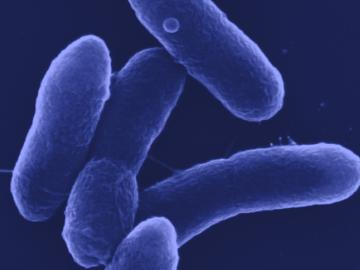
A research team led by Oak Ridge National Laboratory bioengineered a microbe to efficiently turn waste into itaconic acid, an industrial chemical used in plastics and paints.
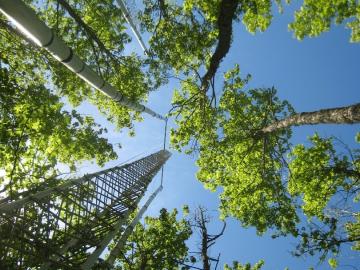
Oak Ridge National Laboratory was among an international team, led by Lawrence Livermore National Laboratory, who synthesized 108 elevated carbon dioxide, or CO2, experiments performed in various ecosystems to find out how much carbon is

Researchers at Oak Ridge National Laboratory have identified a statistical relationship between the growth of cities and the spread of paved surfaces like roads and sidewalks. These impervious surfaces impede the flow of water into the ground, affecting the water cycle and, by extension, the climate.
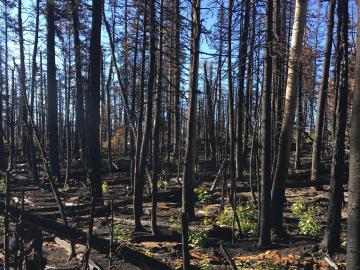
An Oak Ridge National Laboratory research team discovered that aspen saplings emerging after wildfire have less diverse microbiomes and more pathogens in their leaves, providing new insights about how fire affects ecosystem recovery.

Six scientists at the Department of Energy’s Oak Ridge National Laboratory were named Battelle Distinguished Inventors, in recognition of obtaining 14 or more patents during their careers at the lab.
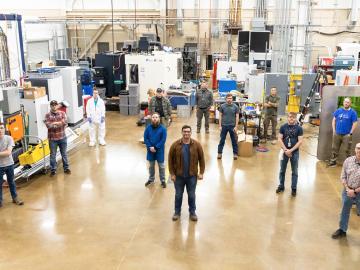
The University of Texas at San Antonio (UTSA) has formally launched the Cybersecurity Manufacturing Innovation Institute (CyManII), a $111 million public-private partnership.

The annual Director's Awards recognized four individuals and teams including awards for leadership in quantum simulation development and application on high-performance computing platforms, and revolutionary advancements in the area of microbial

Four research teams from the Department of Energy’s Oak Ridge National Laboratory and their technologies have received 2020 R&D 100 Awards.

Oak Ridge National Laboratory researchers have developed artificial intelligence software for powder bed 3D printers that assesses the quality of parts in real time, without the need for expensive characterization equipment.
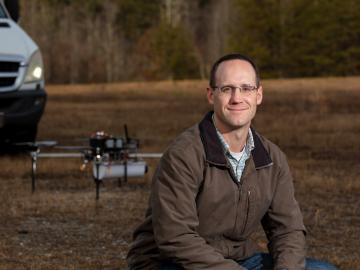
Horizon31, LLC has exclusively licensed a novel communication system that allows users to reliably operate unmanned vehicles such as drones from anywhere in the world using only an internet connection.


